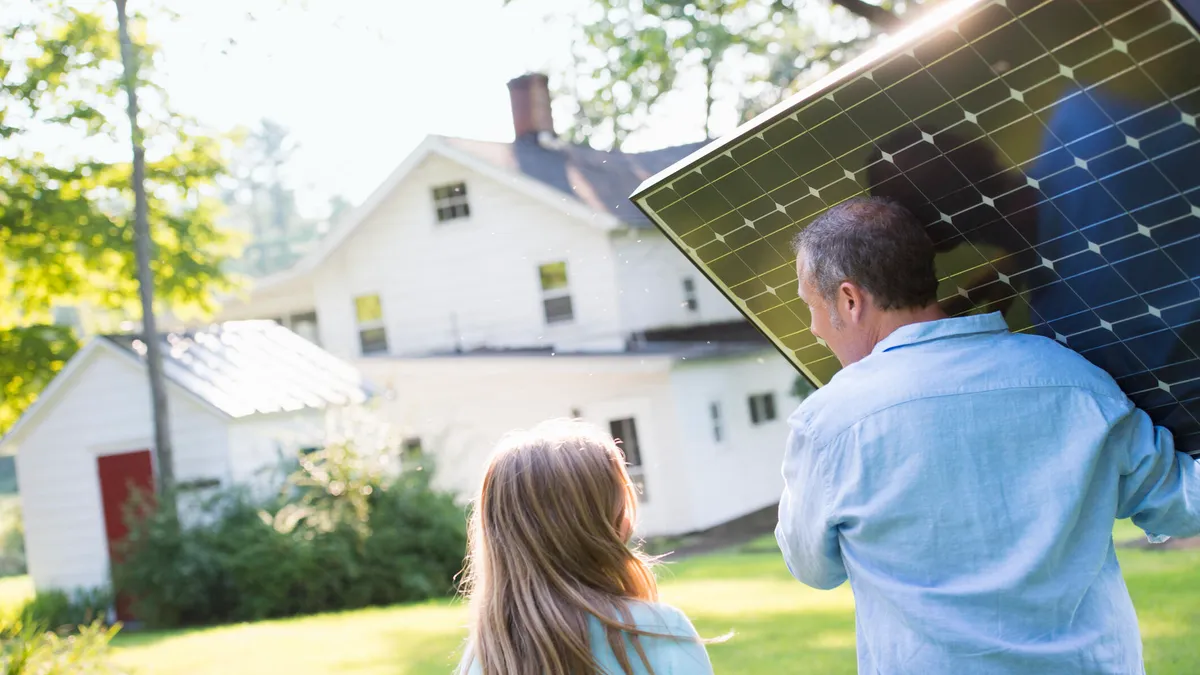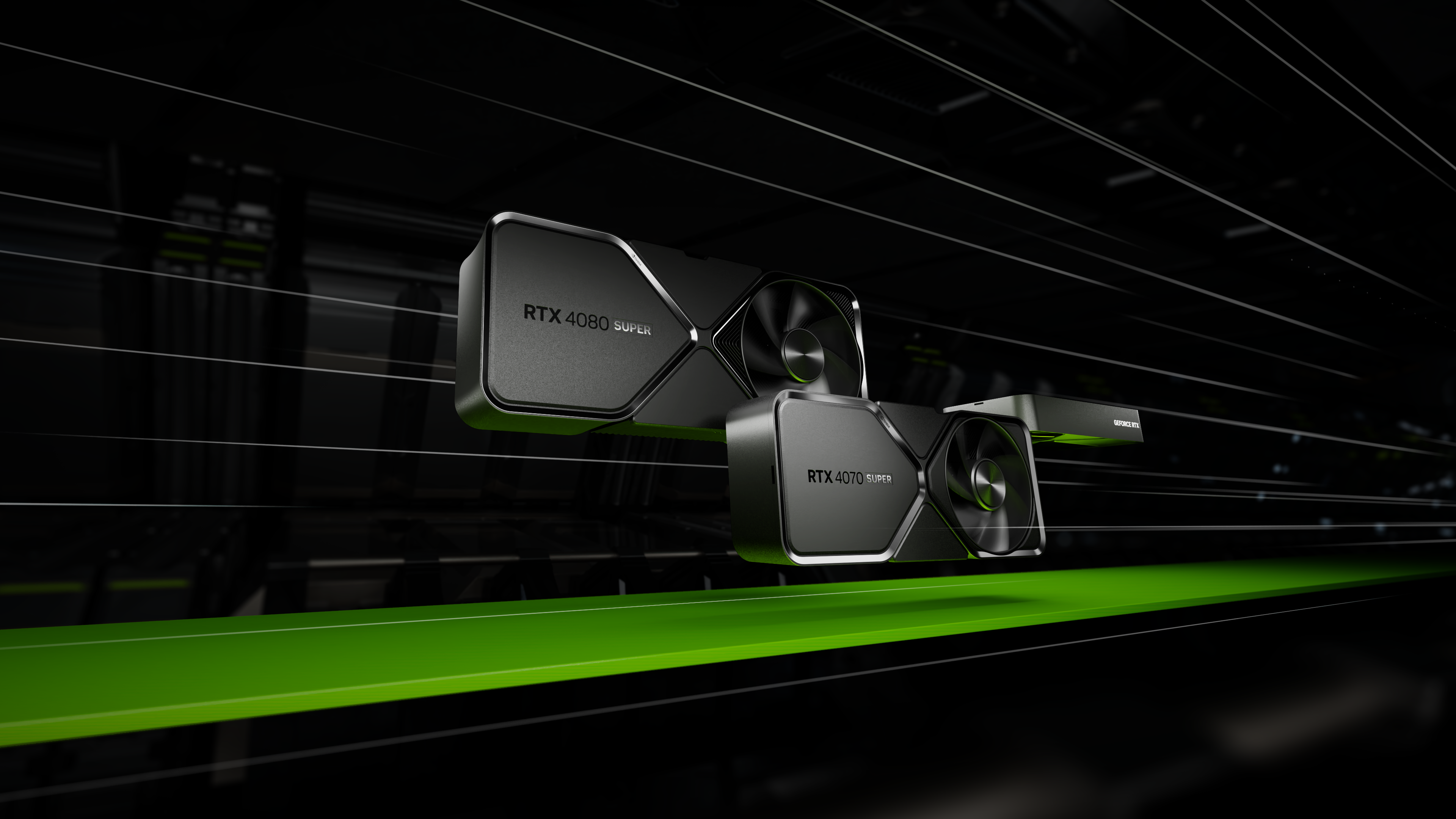Some rural residents are investing in solar, heat pumps and EVs. But demographics play a key role in who is — and who isn’t.
If the US is going to meet its climate goals and electrify, well, pretty much everything, homeowners will need to get on board with solar panels, heat pumps, electric vehicles and more.
In place of the gas and oil we’ve long used to fuel our cars and heat our homes, technology powered by clean electricity promises to get the job done without any of the planet-warming emissions.
But an energy transition of this scale is easier said than done. “A big element of this [is] transitioning the residential sector, and it looks very different in rural areas,” said Erin Mayfield, an assistant professor at Dartmouth College.
Can solar panels save you money?
Interested in understanding the impact solar can have on your home? Enter some basic information below, and we’ll instantly provide a free estimate of your energy savings.
She recently studied clean-energy adoption in rural communities and found unique dynamics that have big implications for public policy. “We do have to treat rural areas differently. Geography matters, and the nature of the built environment matters. Also, the political environment matters,” Mayfield said.
Here’s what the energy transition looks like in rural America right now — and what needs to change to speed it up.
Reasons for adopting (or avoiding) clean energy in rural areas
Perhaps not surprisingly, Mayfield’s study found that adoption of clean energy tech in rural areas is correlated with a few key demographic factors.
“We were able to find that adoption of these technologies is highly related to income,” Mayfield said. “We also find that education is also a main factor of these technologies.” In other words, rural Americans with higher incomes and more education are more likely to put solar panels on their roof or buy a heat pump.
This is critical, as it undercuts the general skepticism that many rural Americans have toward renewable energy. A recent survey of rural residents found that 54% didn’t think renewable energy sources could ever meet 100% of the country’s energy needs, and 57% believed the US should rely on a mix of fossil fuels and renewables.
Mayfield’s study illuminates one other factor that cuts against this resistance to clean energy tech.
“Higher Democratic voting rates, we find, are significant predictors of technology adoption across everything,” from solar to EVs and heat pumps, Mayfield said.
So, well-educated, wealthy residents who vote for Democrats are the rural Americans most likely to embrace the clean energy transition. But Mayfield found one other thing that’s motivating adoption in rural areas: something she calls “diffusion.”
“If your neighbors are adopting a technology, then you’re more likely to adopt a technology,” Mayfield said. Other studies have previously found that effect for solar, but “we’re also finding that for heat pumps,” she said.
This could be because neighbors have similar types of houses that are more amenable to certain technologies, or because a local installer makes heat pumps easily available, for example.




